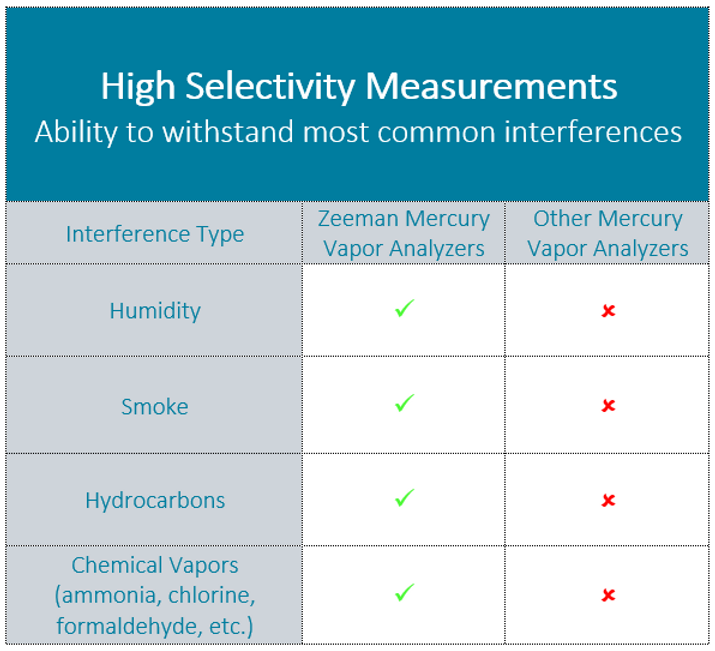Author: Nadia Savelieva
Mercury is a notorious neurotoxin that negatively affects human health when released into the atmosphere or water.

Possible adverse effects of mercury on human health range from nervous system damage and respiratory dysfunction to depression and anxiety attacks.
Mercury is a ubiquitous trace element that naturally occurs in the Earth’s crust as well as by means of volcanic eruptions, during forest fires, and in fossil fuel formations. However, anthropogenic (human-produced) emissions create the majority of mercury contamination sources, the largest of which are artisanal gold mining, coal combustion, cement production, and non-ferrous metals production.
Possible adverse effects of mercury on human health range from nervous system damage and respiratory dysfunction to depression and anxiety attacks.
Mercury is a ubiquitous trace element that naturally occurs in the Earth’s crust as well as by means of volcanic eruptions, during forest fires, and in fossil fuel formations. However, anthropogenic (human-produced) emissions create the majority of mercury contamination sources, the largest of which are artisanal gold mining, coal combustion, cement production, and non-ferrous metals production.
Extensive use of mercury in various types of measurement devices (thermometers for example), research applications, and fluorescent lighting sources creates more human-produced sources of mercury poisoning through direct and indirect exposure.
It should come as no surprise that mercury emissions are highly regulated by various environmental and public health agencies. These entities set rigorous limits on mercury vapor presence in areas where human health might be negatively impacted.
There are a few technologies to choose from to quantify mercury vapor in order to comply with the existing regulations. Among the most common ones are gold film resistivity, fluorescence spectroscopy, and atomic absorption spectrometry. While all three technologies will do the job in “perfect conditions,” the two main factors to consider when choosing a mercury meter are its detection range and the ability to withstand interferences.
Ohio Lumex takes pride in offering a device, the Portable Mercury Vapor Analyzer RA-915, that has the ability to detect at the lowest possible levels to ensure complete mercury abatement.
While other atomic absorption spectrometers can detect down to similarly low levels, Zeeman background correction really sets the RA-915 mercury analyzer apart by providing the ability to perform accurately even when faced with the most common interferences from humidity, smoke, hydrocarbons, ammonia, etc.

Ohio Lumex’s RA-915 analyzer has been on the US EPA toolkit for many years and is a go-to instrument when it comes to responding to national and local mercury spill emergencies.
In fact, in August of 2018, Ohio Lumex instruments were used by the EPA and industrial hygienists in a mercury spill cleanup at a Texas USPS. Read the full article here.

